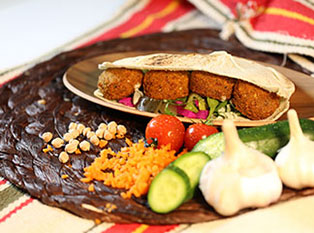
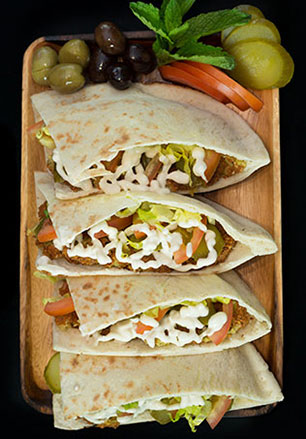
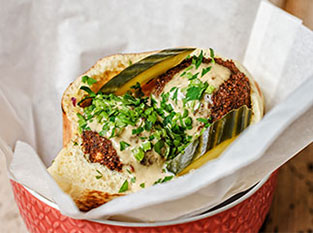
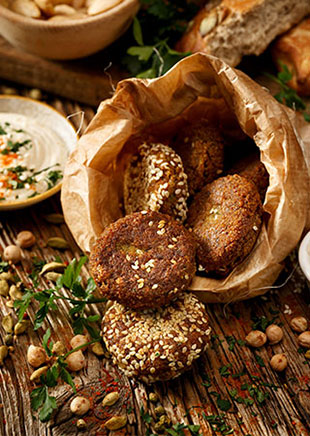
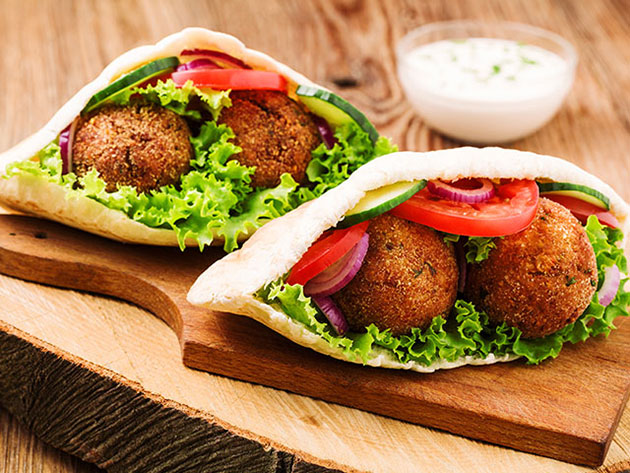
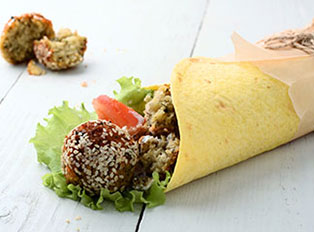
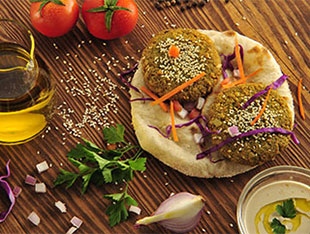
Falafel is a deep-fried ball or patty made from ground chickpeas, fava beans, or both. Falafel is a traditional Egyptian and Middle Eastern food, commonly served in a pita, which acts as a pocket, or wrapped in a flatbread known as taboon; 'falafel' also frequently refers to a wrapped sandwich that is prepared in this way. The falafel balls are topped with salads, pickled vegetables, hot sauce, and drizzled with tahini-based sauces. Falafel balls may also be eaten alone as a snack or served as part of a meze tray (assortment of appetizers).
Falafel is a common food eaten throughout the Middle East. The fritters are now found around the world as a replacement for meat.
* Menu- its endless imagination of our chefs, so the ingredients can be change.
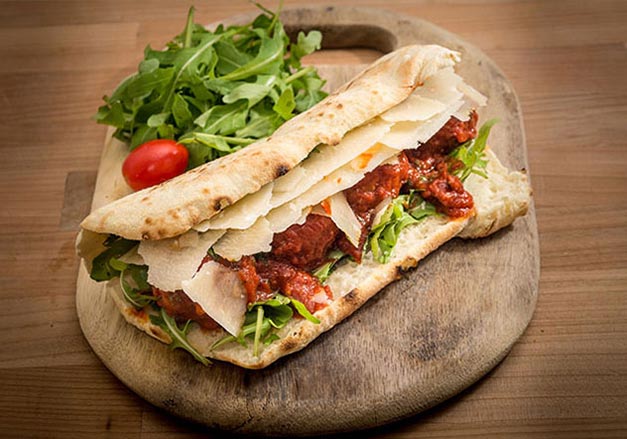
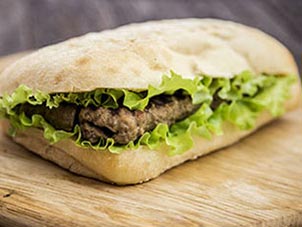
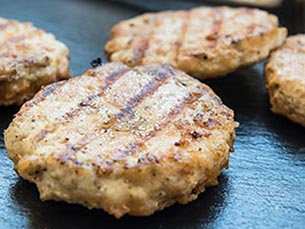
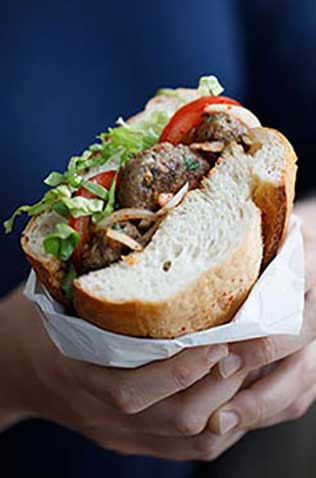
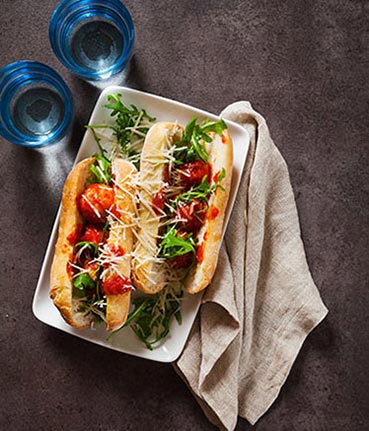
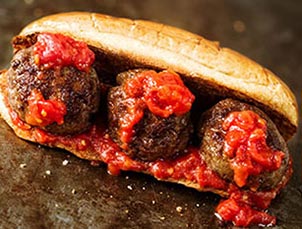
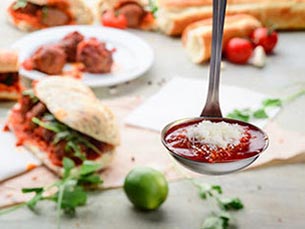
Kofta (see Naming for other terms) is a family of meatball or meatloaf dishes found in South Asian, Middle Eastern, Balkan, and Central Asian cuisine. In the simplest form, koftas consist of balls of minced or ground meat—usually beef, chicken, lamb, or pork—mixed with spices and/or onions. In South Asia and the Middle East, koftas are usually made from lamb, beef, mutton or chicken, whereas Greek, Cypriot, and Balkan versions may use pork, beef, lamb, or mixture of the three. In India, vegetarian varieties include koftas made from potato, calabash, paneer, or banana. In Europe, kofta is served as fast food as a type of kebab.
Koftas in India are usually served cooked in a spicy curry/gravy and are eaten with boiled rice or a variety of Indian breads. In Iran, Iraq and Azerbaijan, koftas are served with a spiced gravy, as dry variations are considered to be kebabs. Shrimp and fish koftas are found in South India, West Bengal, some parts of the Persian Gulf, and parts of Egypt.
* Menu- its endless imagination of our chefs, so the ingredients can be change.

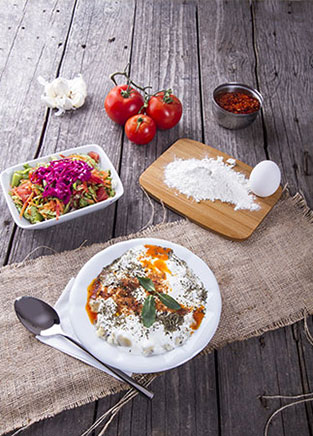
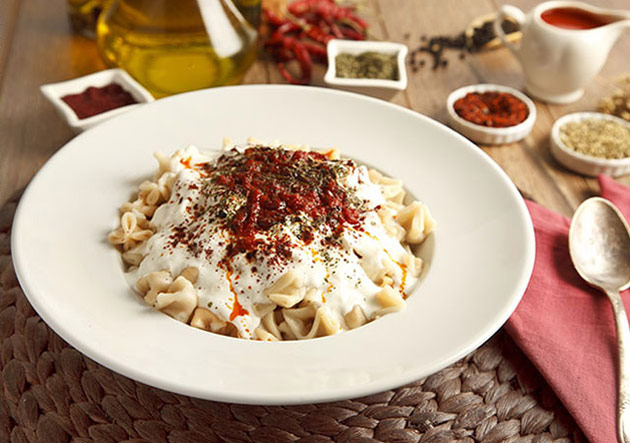
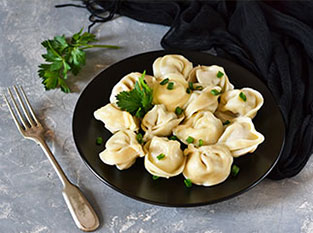
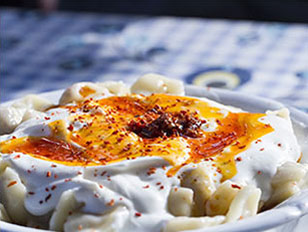

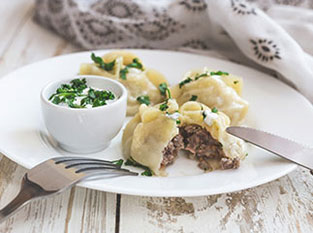
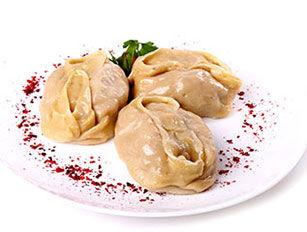
Dumpling, Pelmeni & Turkish ravioli “Manti” is a broad classification for a dish that consists of small pieces of dough (made from a variety of starch sources), often wrapped around a filling (as in ravioli or wontons). The dough can be based on bread, flour, or potatoes, and may be filled with fish, meat, sweets, or vegetables. They may be cooked by boiling, frying, simmering, or steaming. Dumplings may be savoury or sweet and can be eaten by themselves, with gravy or sauce, or in soups or stews.
* Menu- its endless imagination of our chefs, so the ingredients can be change.
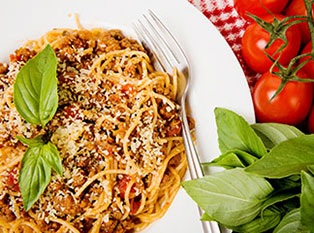
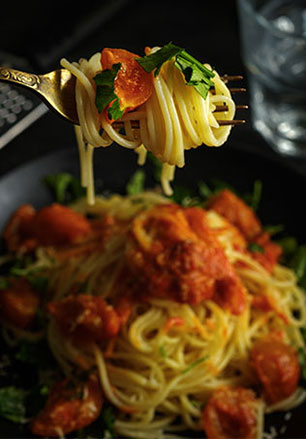
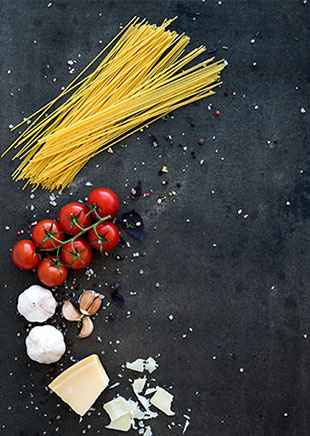
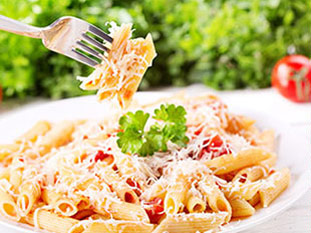
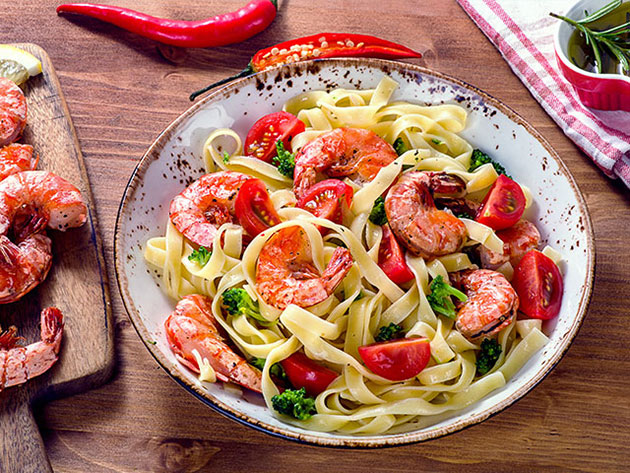
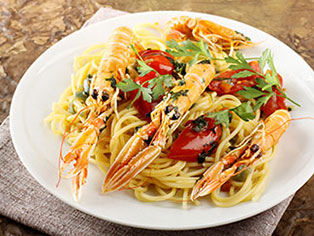
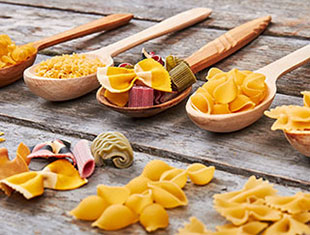
Pasta (Italian pronunciation: [ˈpasta]) is a staple food[1] of traditional Italian cuisine, with the first reference dating to 1154 in Sicily.[2] It is also commonly used to refer to the variety of pasta dishes. Typically, pasta is a noodle made from an unleavened dough of a durum wheat flour mixed with water or eggs and formed into sheets or various shapes, then cooked by boiling or baking. It can also be made with flour from other cereals or grains.[citation needed] Pastas may be divided into two broad categories, dried (pasta secca) and fresh (pasta fresca).
Most dried pasta is commercially produced via an extrusion process although it can be produced in most homes. Fresh pasta was traditionally produced by hand, sometimes with the aid of simple machines,[3] but today many varieties of fresh pasta are also commercially produced by large-scale machines, and the products are widely available in supermarkets.
* Menu- its endless imagination of our chefs, so the ingredients can be change.
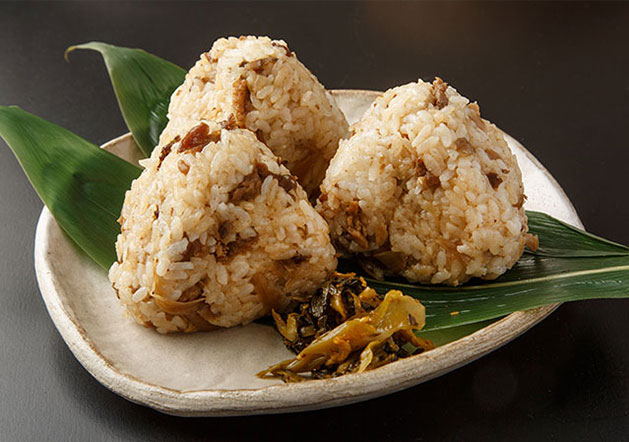
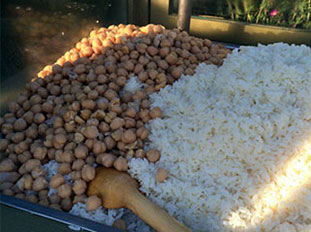
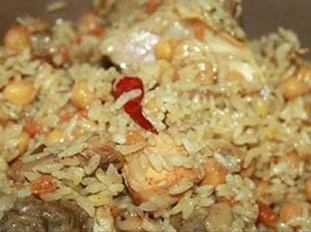
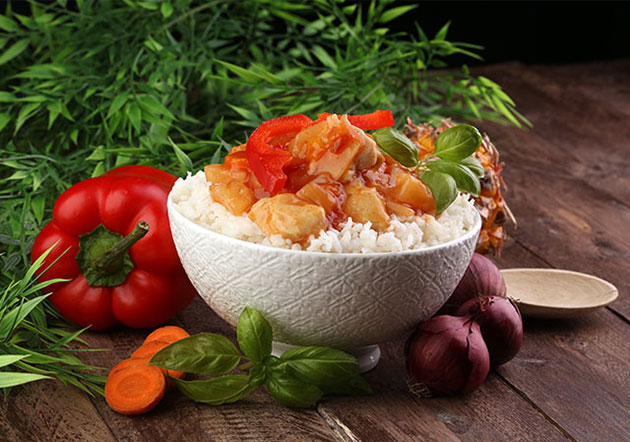
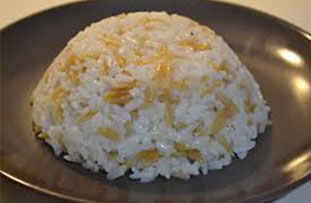
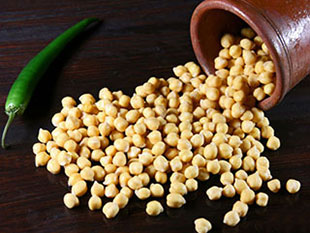
Pilaf is a dish in which rice is cooked in a seasoned broth. In some cases, the rice may attain its brown or golden colour by first being sauteed lightly in oil before the addition of broth. Cooked onion, other vegetables as well as a mix of spices may be added. Depending on the local cuisine, it may also contain meat, fish, vegetables, pasta, and dried fruits.
* Menu- its endless imagination of our chefs, so the ingredients can be change.


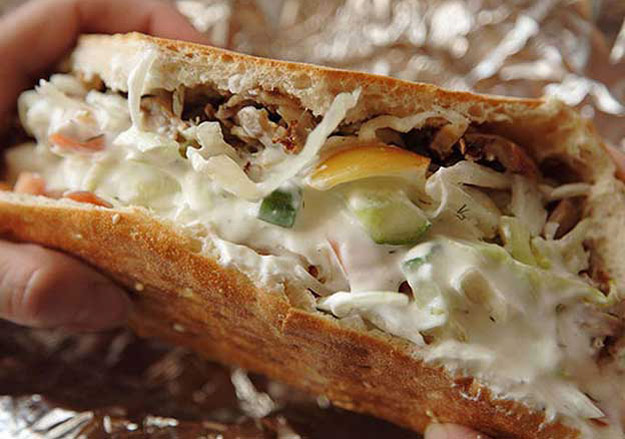
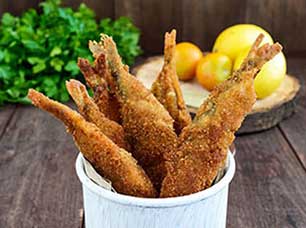
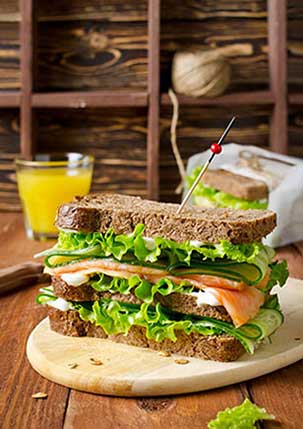

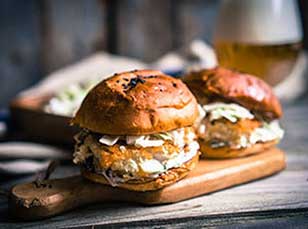
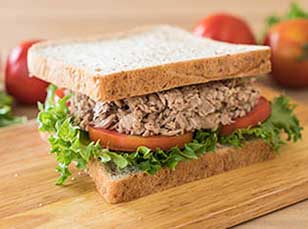
Balık Ekmek (meaning fish in bread) is a very popular street food in Turkey. The sandwich is simply made of grilled fish fillet placed in a half-loaf of bread. Peppers, onions, fresh lettuce and tomatoes can be added to the sandwich to enrich the flavor. Drink called salgam – pickle juice, is a perfect accompaniment to the aromatic fish sandwich. Balik Ekmek is available almost in every small café shops and street vendors.
The idea of this simple but delicious and fresh snack was born long time ago when the fishermen were coming to Istanbul's Galata Bridge with their catch for sale. A couple of the boatsmen decided to cook the fish right on the boat and sell it as a ready-to-eat food. They built grills and fryers on their boats and started to grill fish fillets, stuff them in bread and sell cooked sandwiches from the boat to people. They shouted Balik ekmek! Balik ekmek!
* Menu- its endless imagination of our chefs, so the ingredients can be change.
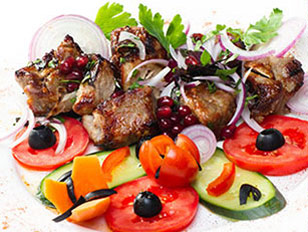
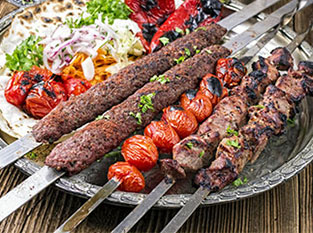
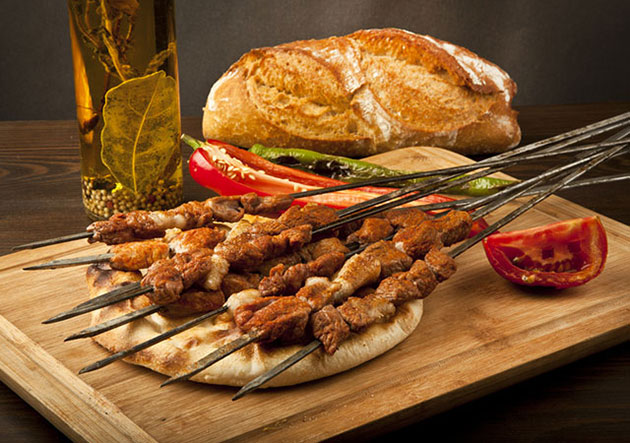
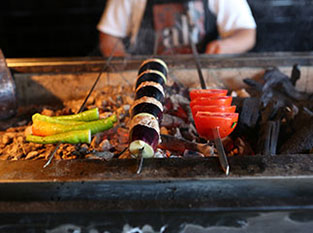
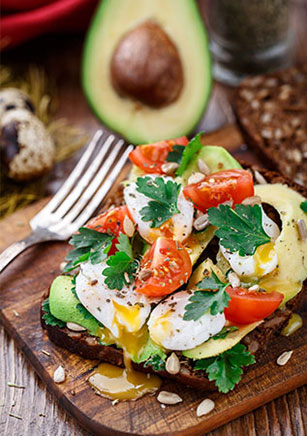
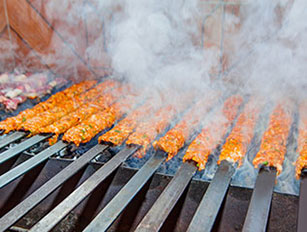
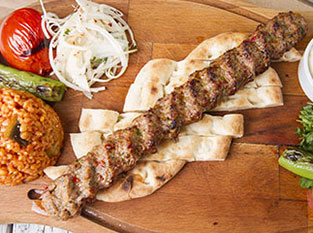
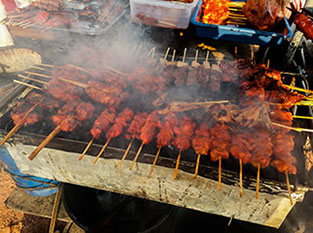
Kebab Is Middle Eastern dishes originally based on grilled meat, and now with many variants. Two of the best-known kebab dishes are shish kebab and doner kebab.
kebab is a common dish, consisting of a skewer with small pieces of meat or seafood, together with vegetables such as onions, tomatoes, and bell peppers. Also known as shish kebab or sometimes shashlik,[1][2][3] kebabs are customarily prepared in homes and restaurants, and are usually cooked on a grill or barbeque.
* Menu- its endless imagination of our chefs, so the ingredients can be change.
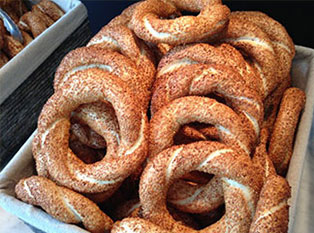
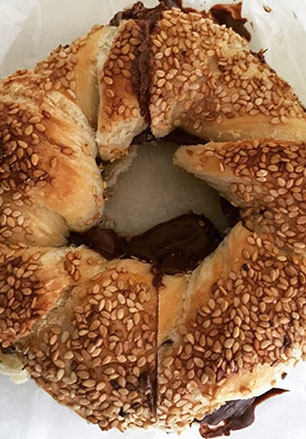
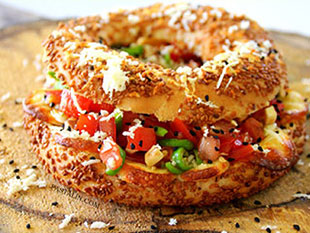
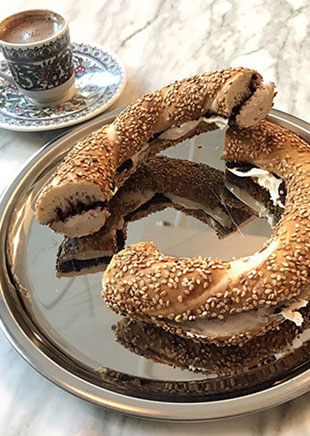
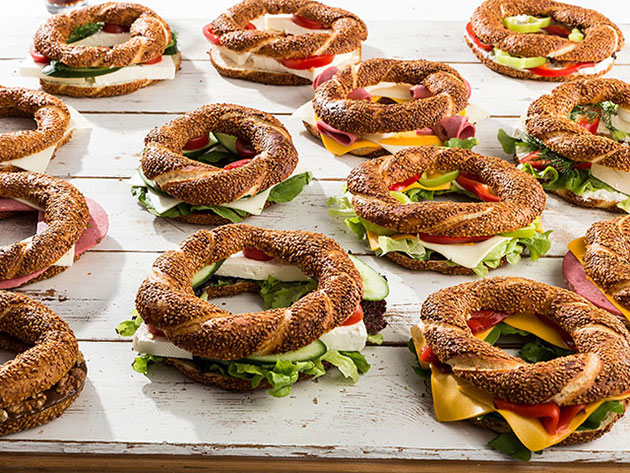
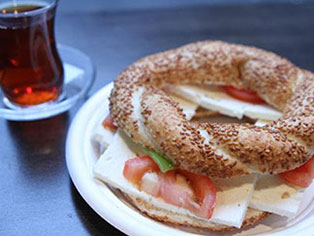
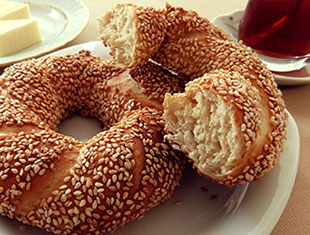
Simit- is a circular bread, typically encrusted with sesame seeds or, less commonly, poppy, flax or sunflower seeds, found across the cuisines of the former Ottoman Empire, and the Middle East. Simit's size, crunch, chewiness, and other characteristics vary slightly by region.
In İzmir, simit is known as gevrek ('crisp'), although it is very similar to the Istanbul variety. Simits in Ankara are smaller and crisper than those of other cities. Simits in Istanbul are made with molasses.
Simit is generally served plain, or for breakfast with tea, fruit preserves, or cheese, ayran, or chocolate. Drinking tea with simit is traditional.
* Menu- its endless imagination of our chefs, so the ingredients can be change.
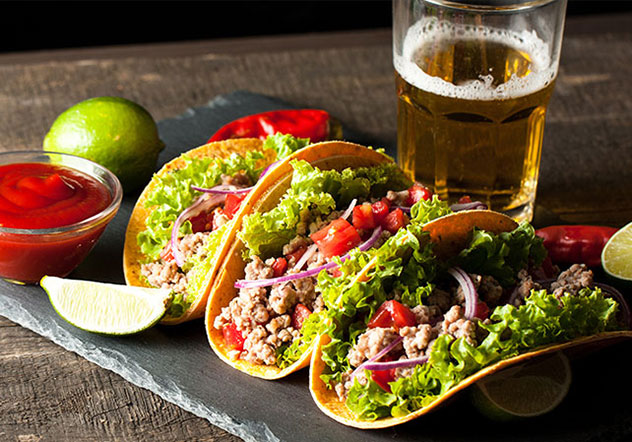
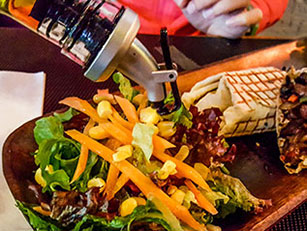
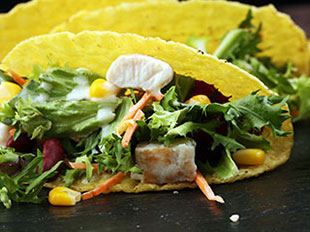
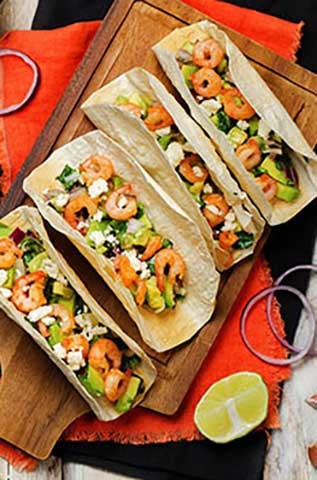
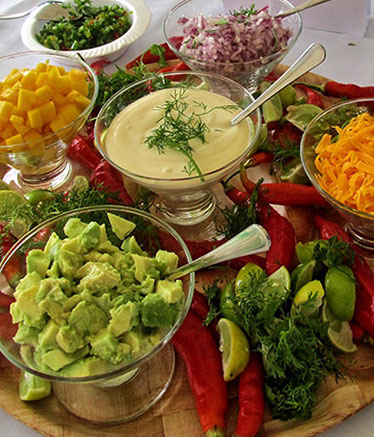
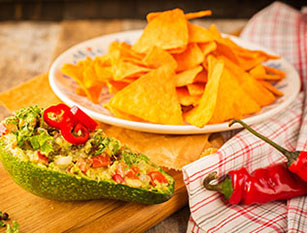
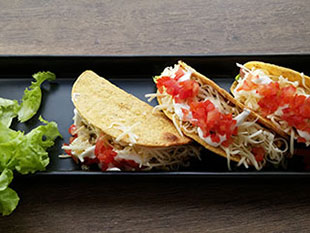
* Menu- its endless imagination of our chefs, so the ingredients can be change.
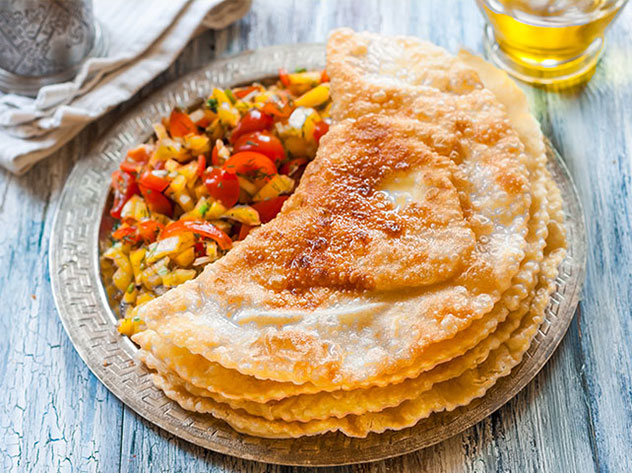
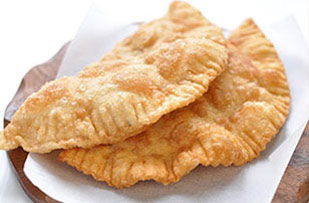
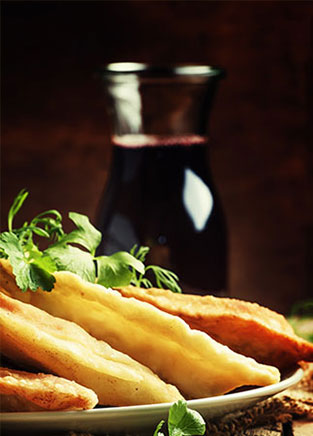
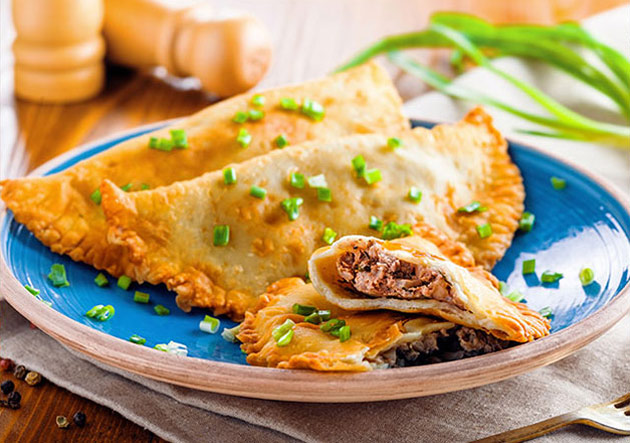
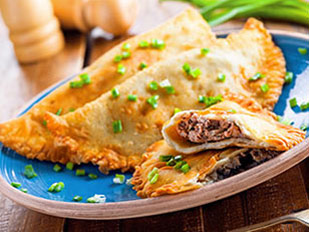
Chebureki, sometimes spelled chiburekki, (Crimean Tatar: çiberek, Turkish: çiğ börek, Tajik: chiburekki, Romanian: șuberec, Russian: чебурек, cheburek, Azerbaijani: ət qutabı, Ukrainian: чебуреки also known as çır-çır) is a deep-fried turnover with a filling of ground or minced meat and onions. It is made with a single round piece of dough folded over the filling in a half-moon shape. A national dish of the Crimean Tatars and traditional for the Caucasian and Turkic peoples, it is also popular as snack and street foodthroughout Transcaucasia, Central Asia, Russia, Ukraine, as well as with the Crimean Tatar diasporas in Turkey and Romania.
Çiğ börek or çibörek ('raw börek'), a half round shaped börek, filled with raw mincemeat and fried in olive oil, is very popular in Turke
* Menu- its endless imagination of our chefs, so the ingredients can be change.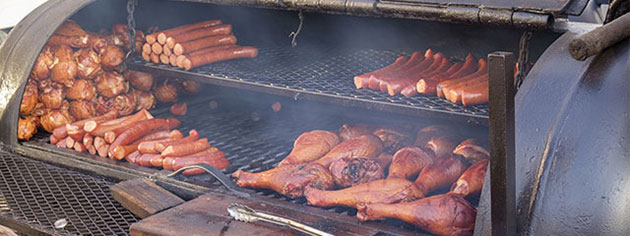
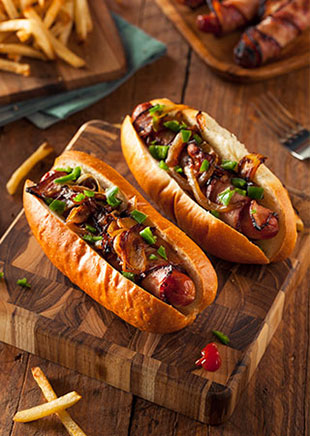
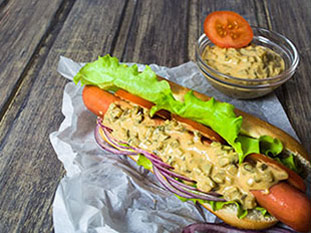
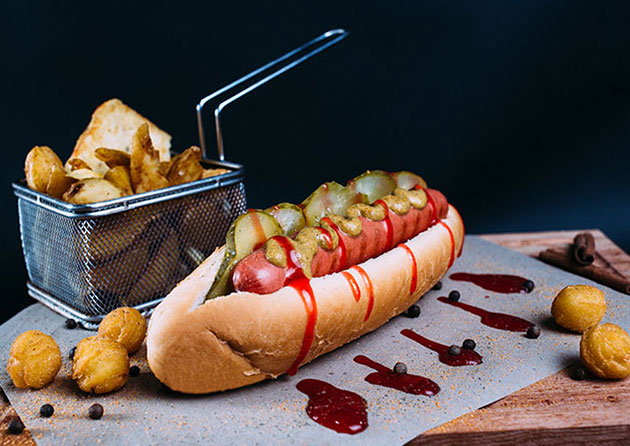
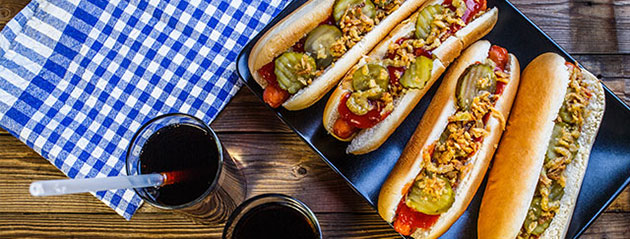
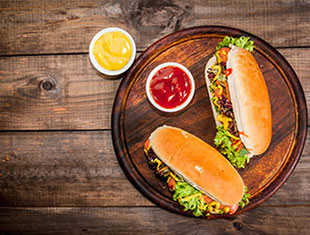
Сooked sausage, traditionally grilled or steamed and served in a partially sliced bun as a sandwich. Typical garnishes include mustard, ketchup, onions, mayonnaise, relish, coleslaw, cheese, chili, olives, and sauerkraut. Hot dog variants include the corn dog and pig in a blanket. The hot dog's cultural traditions include the Nathan's Hot Dog Eating Contest and the Oscar Mayer Wienermobile.
This type of sausage was culturally imported from Germany and popularized in the United States, where it became a working-classstreet food sold at hot dog stands and carts. The hot dog became closely associated with baseball and American culture.
* Menu- its endless imagination of our chefs, so the ingredients can be change.
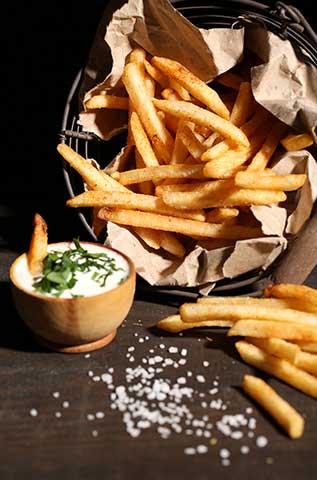
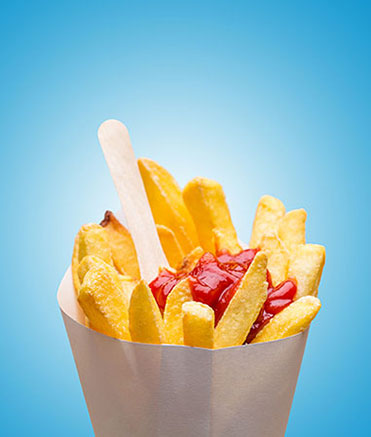
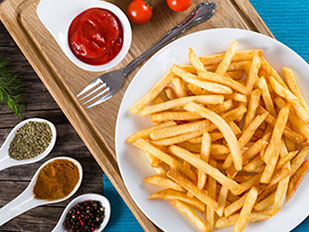
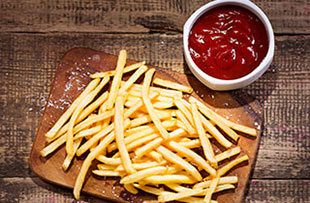
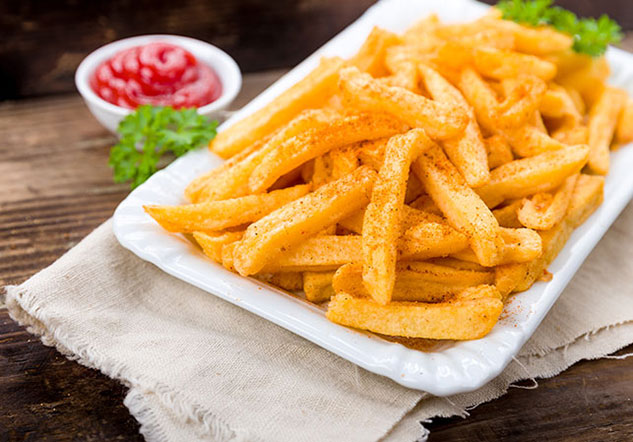
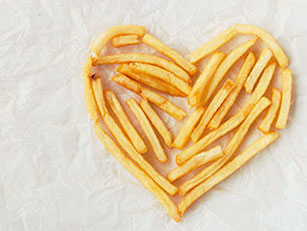

Despite its name, the French fry is not French. The origins of the French fry have been traced back to Belgium, where historians claim potatoes were being fried in the late-1600s.
According to local Belgian lore, poor villagers living in Meuse Valley often ate small fried fish they caught in the river. During the winter months the river would freeze over — making fishing impossible and forcing the villagers to find other sources of food.
Enter the potato. The villagers turned to the root plant, slicing and frying it much in the same way they prepared the fish. And just like that, the earliest French fries were born.
* Menu- its endless imagination of our chefs, so the ingredients can be change.
